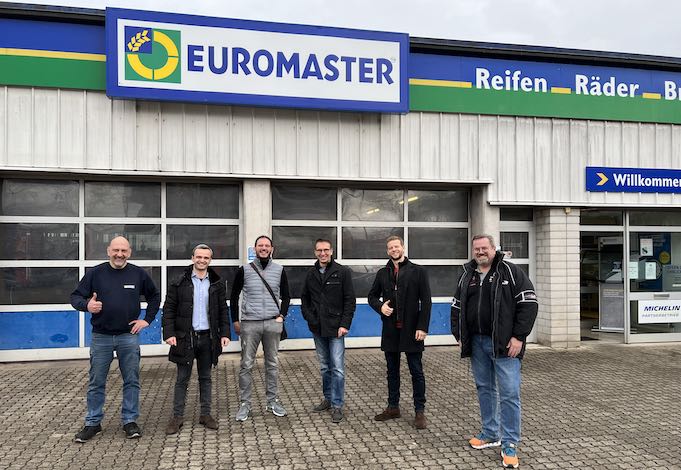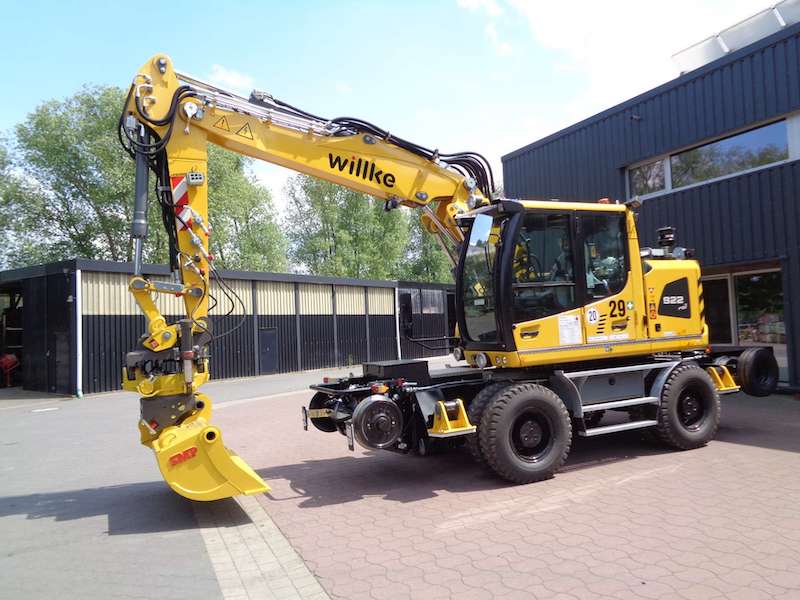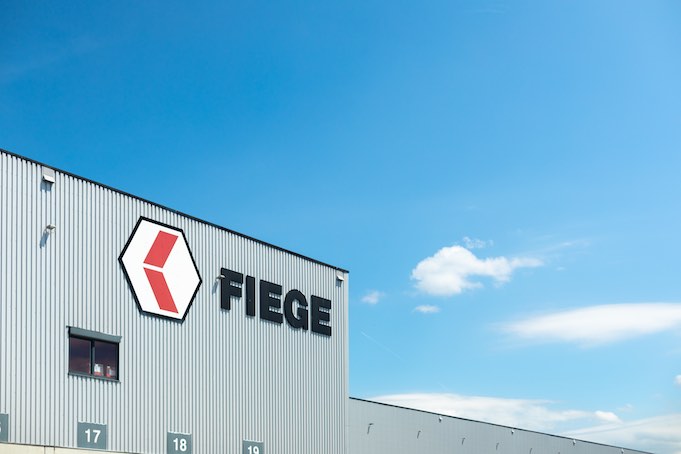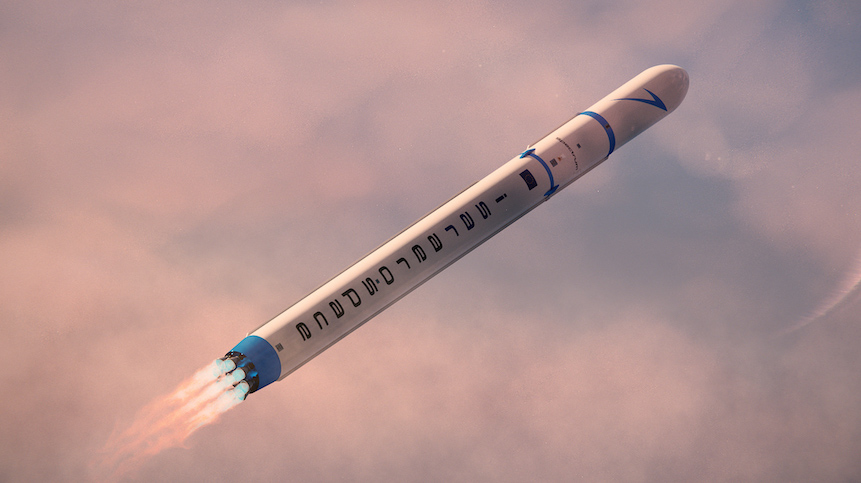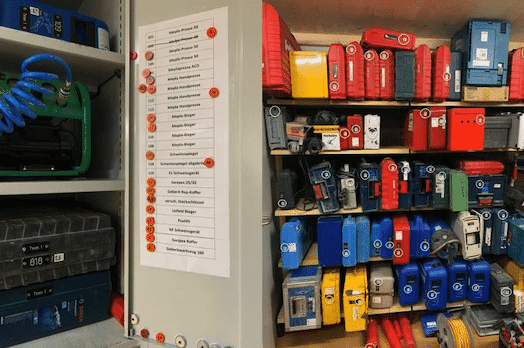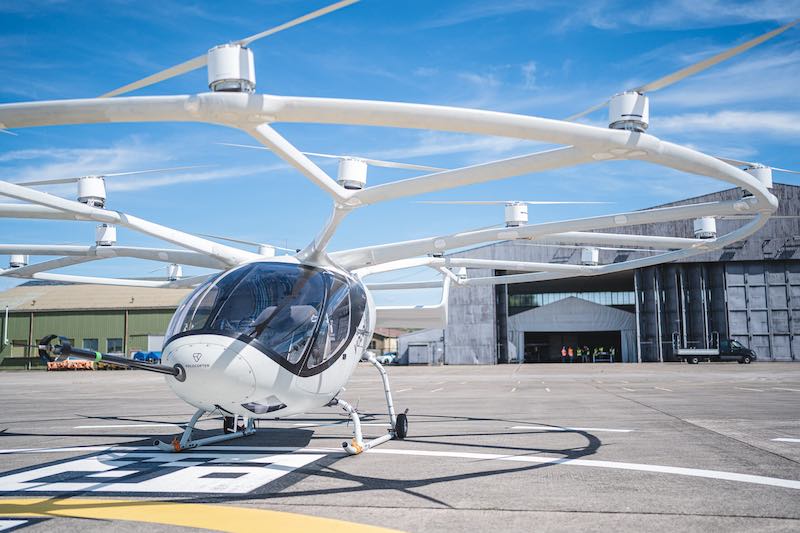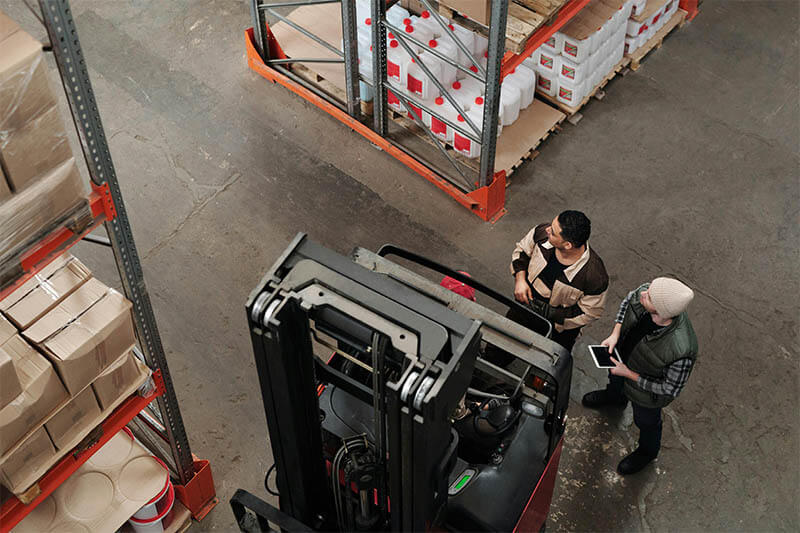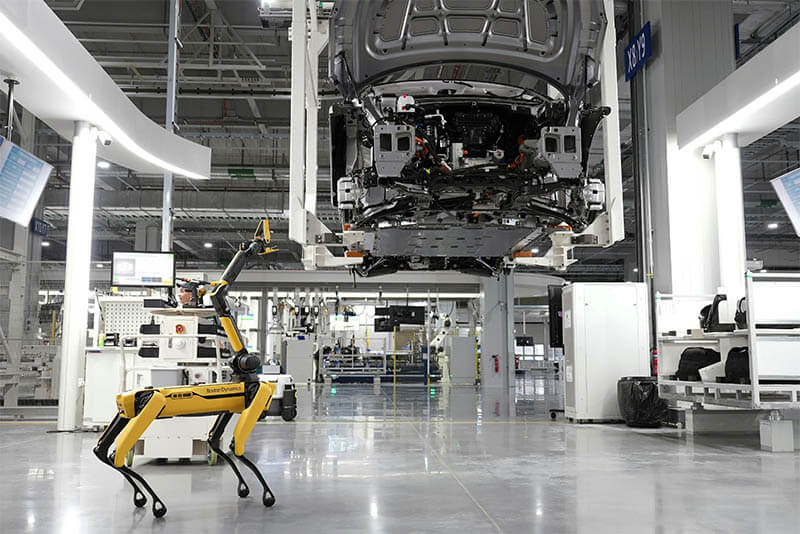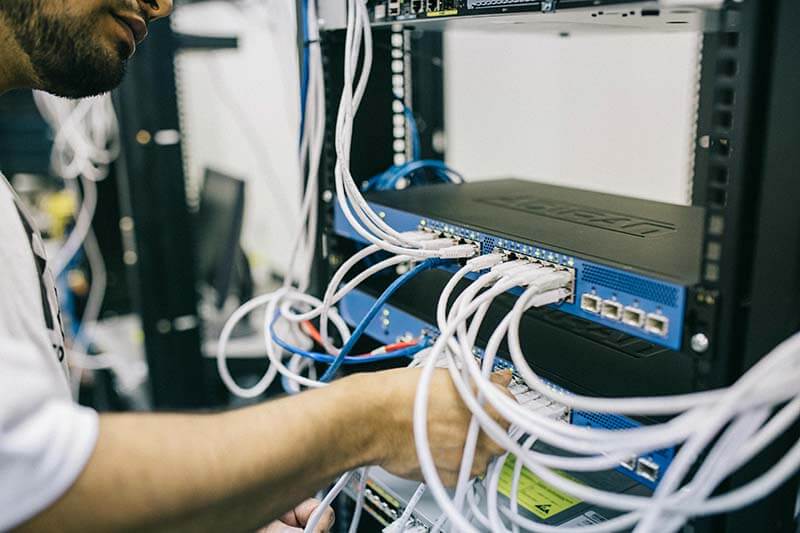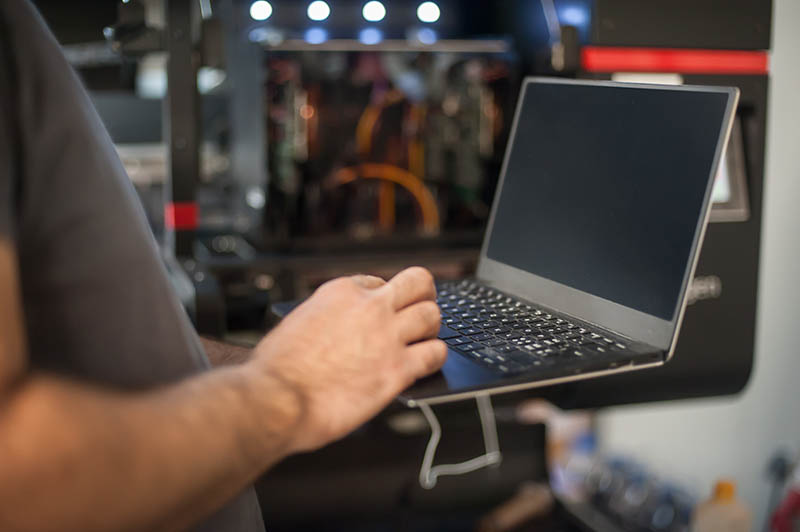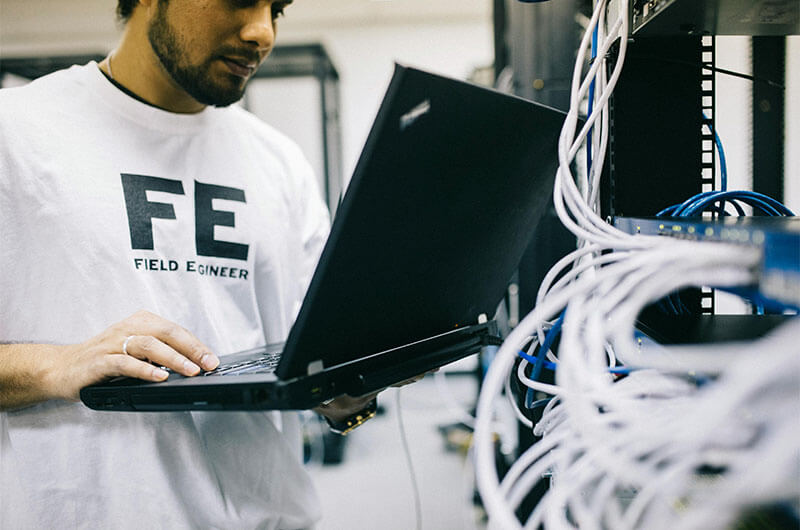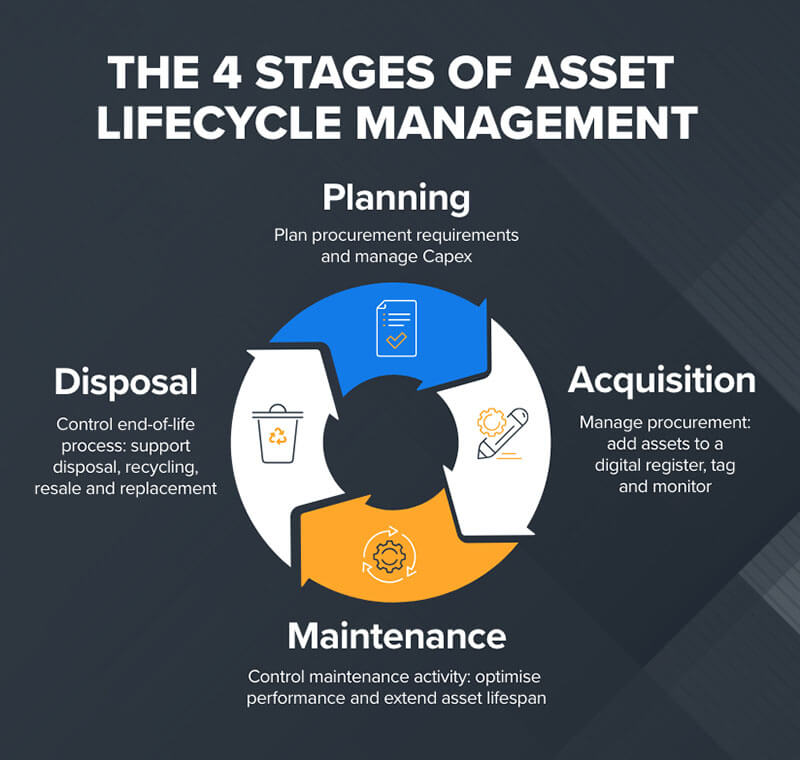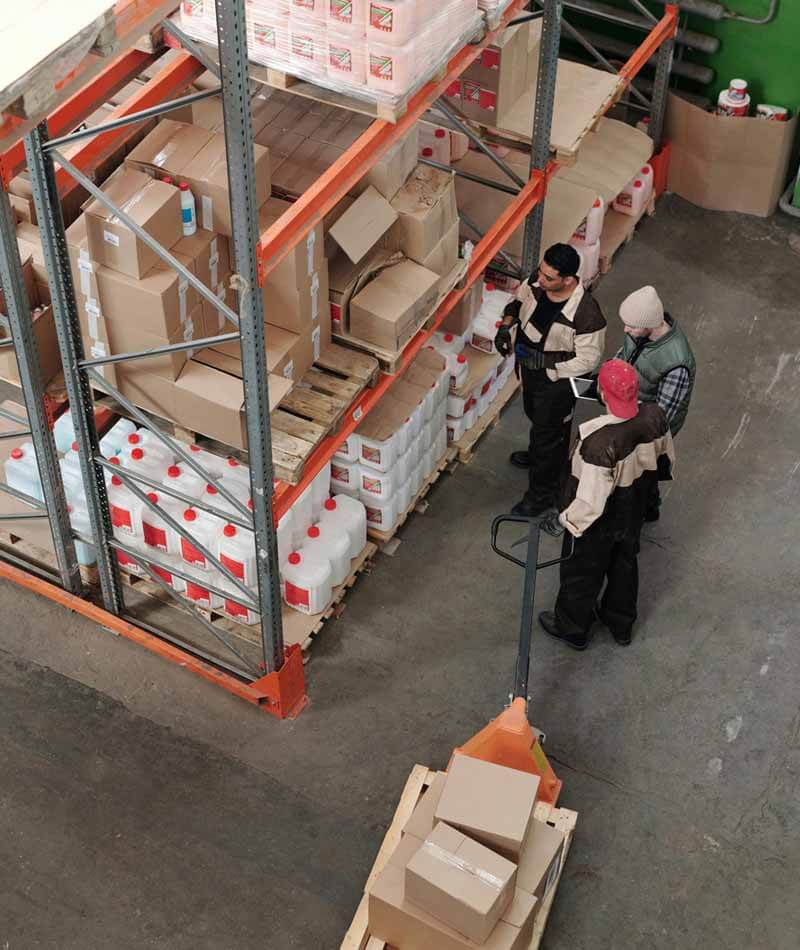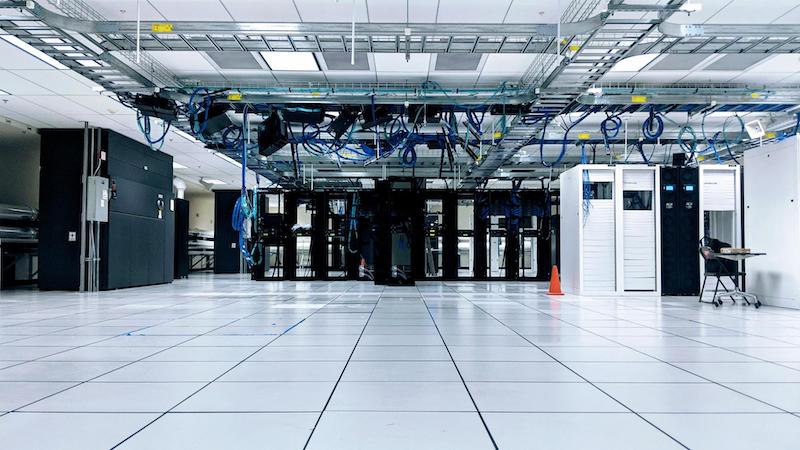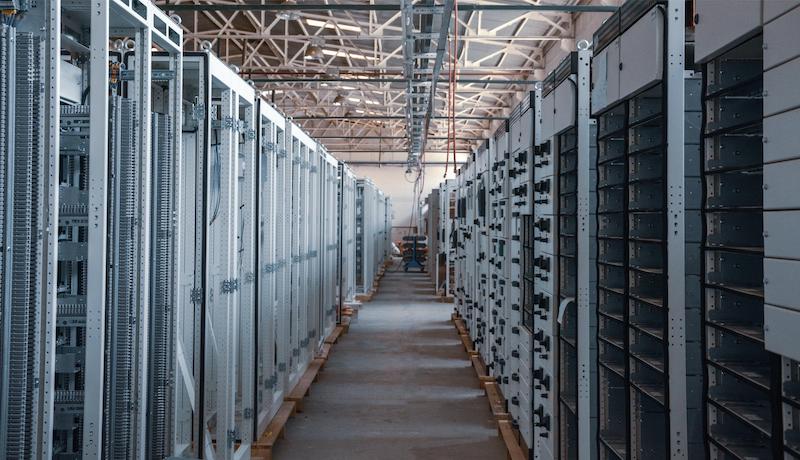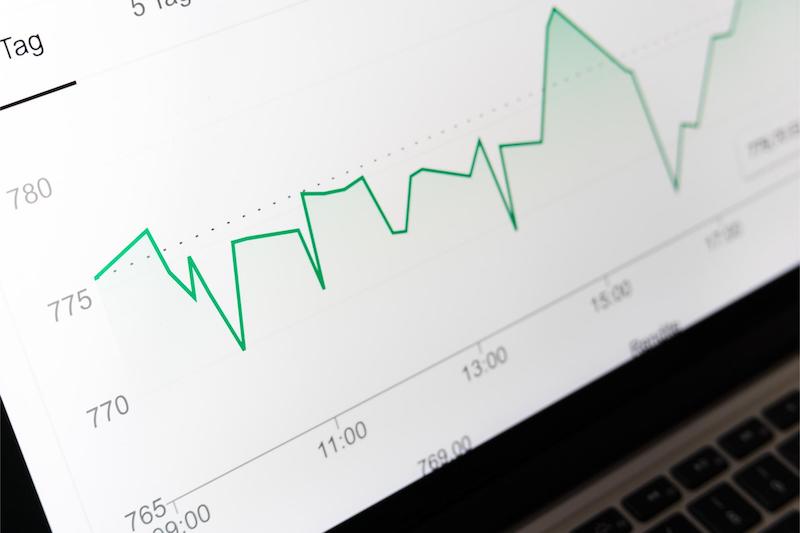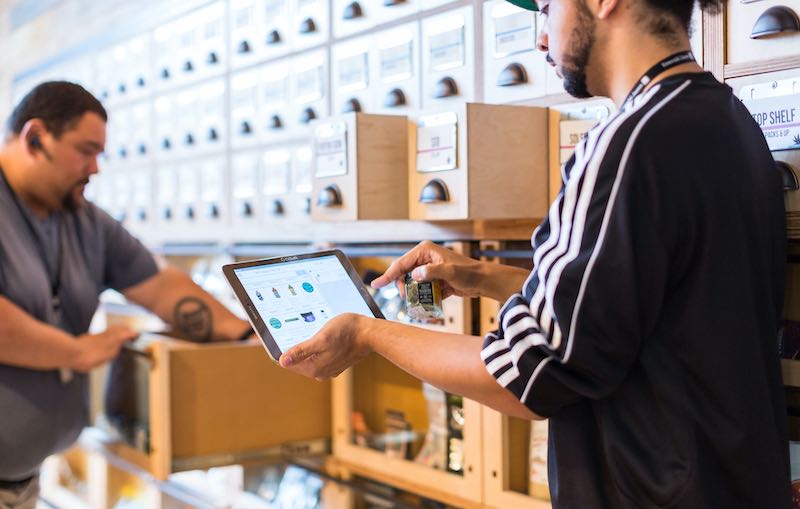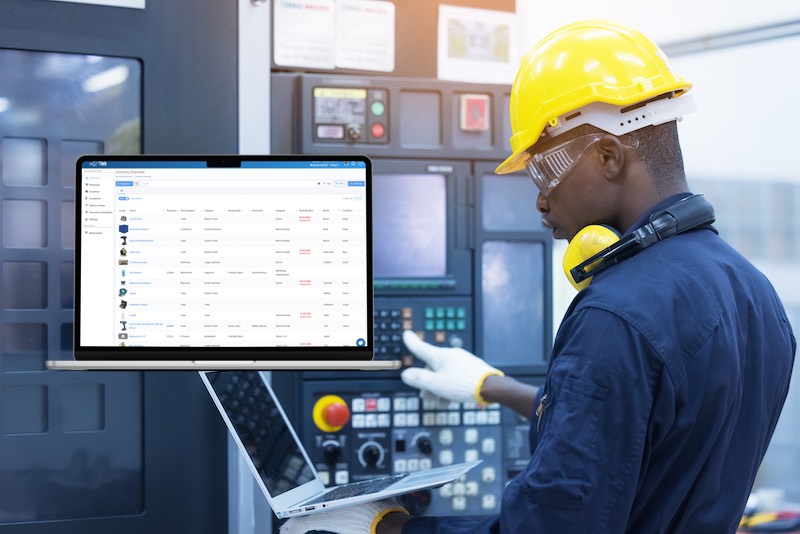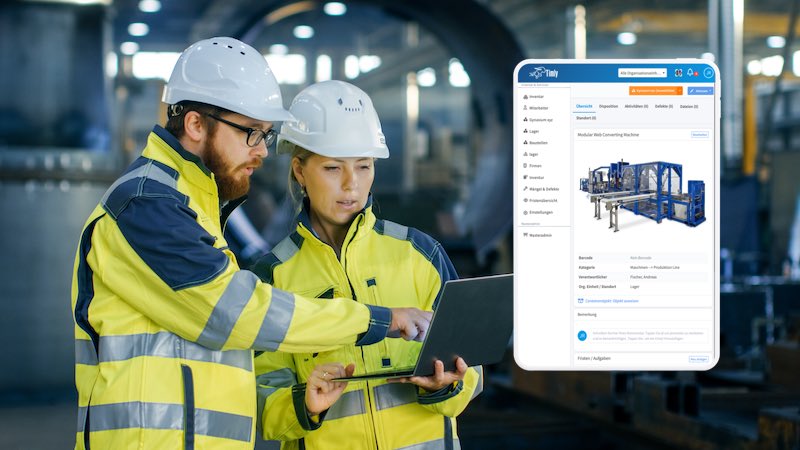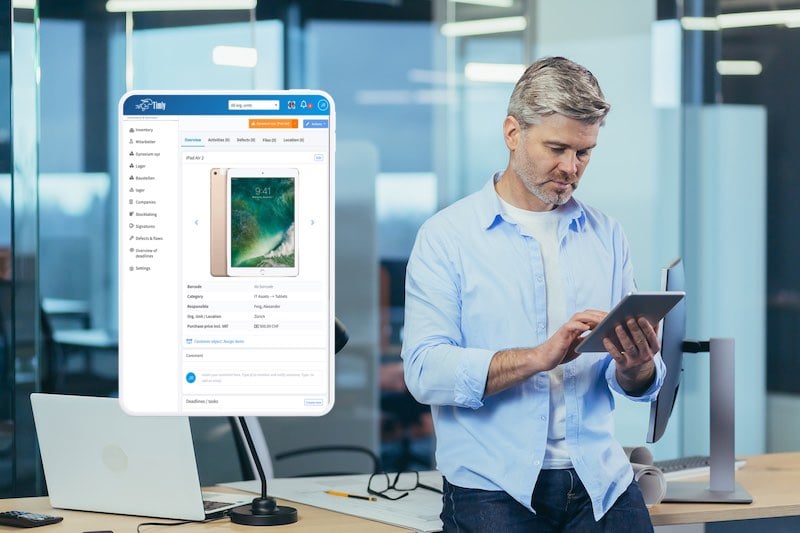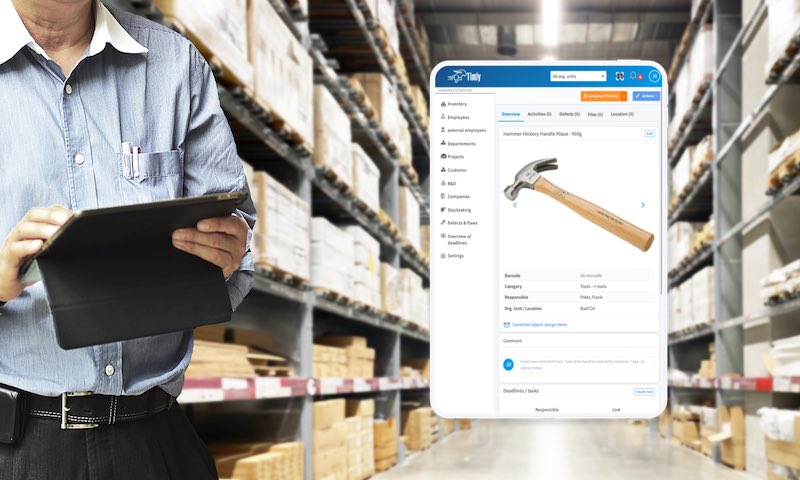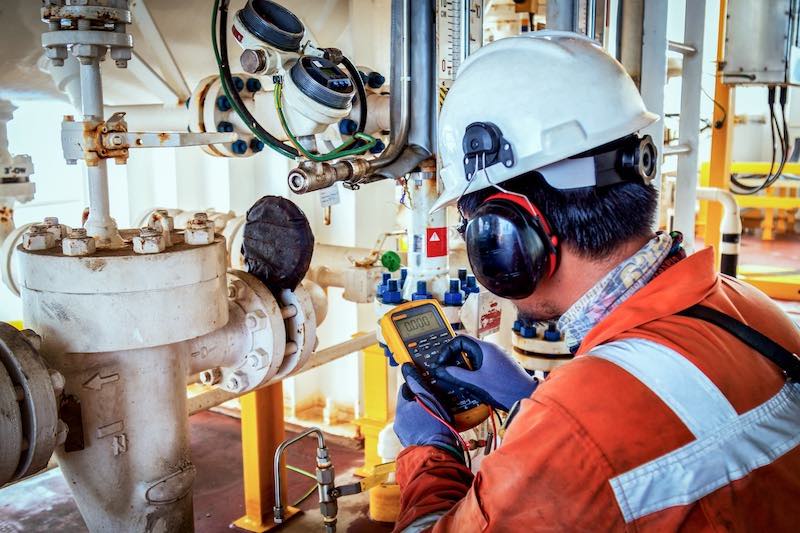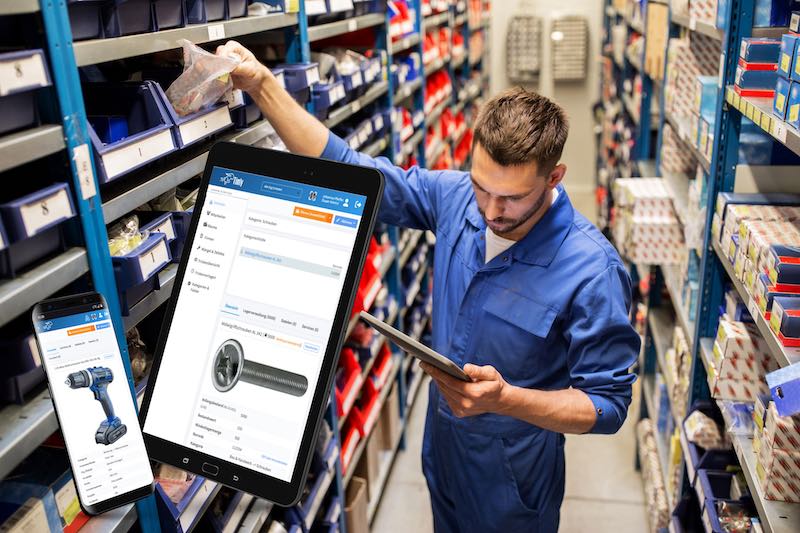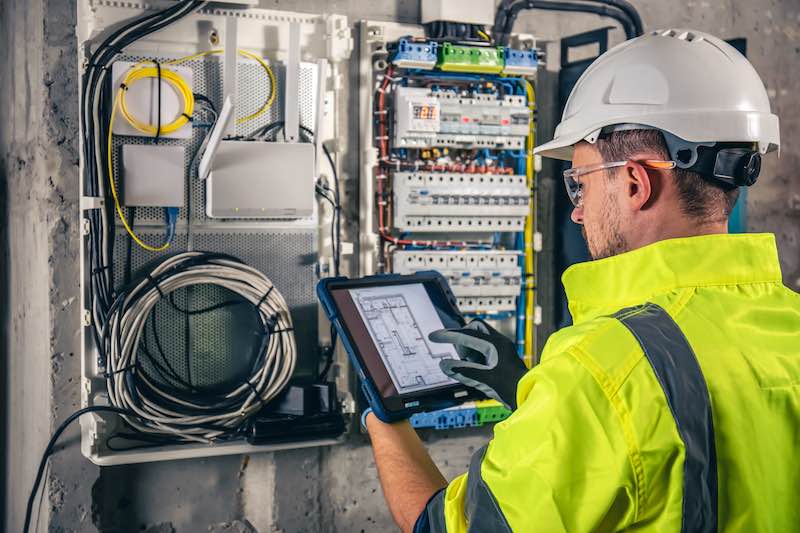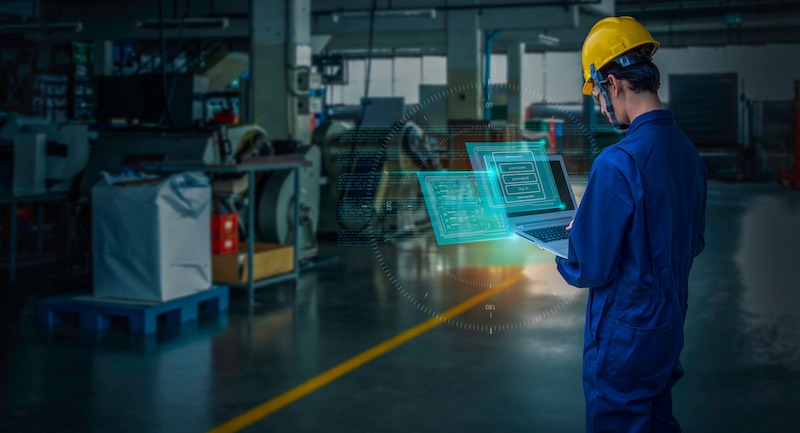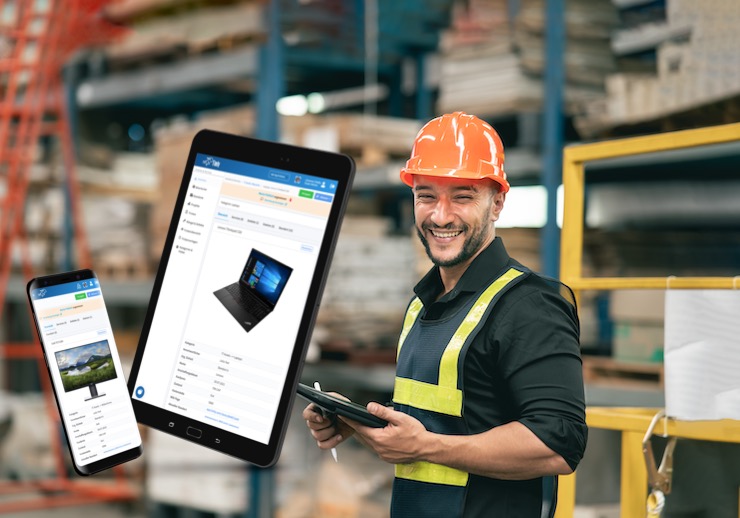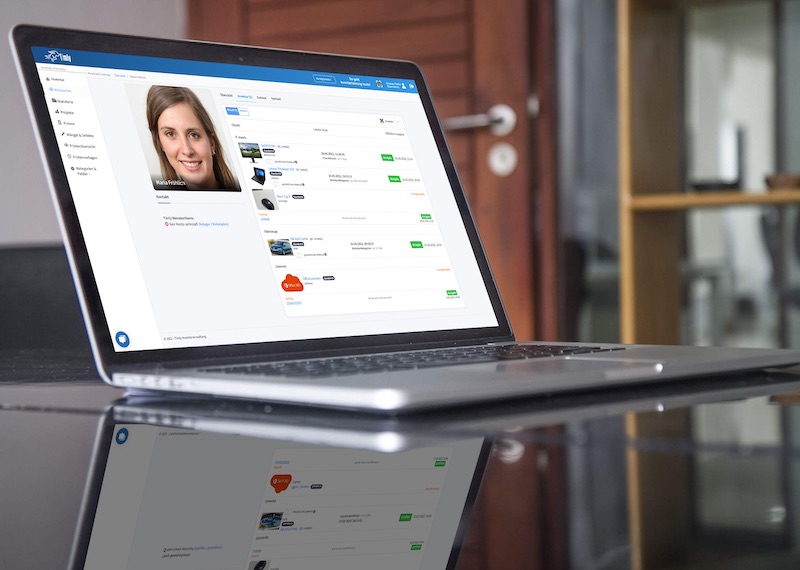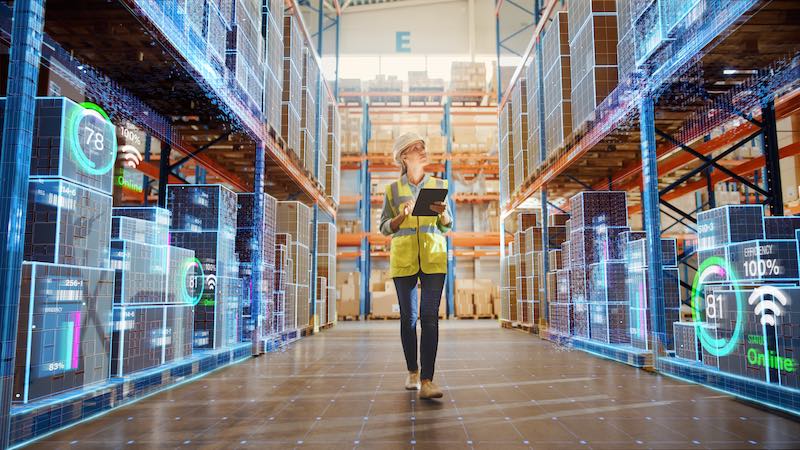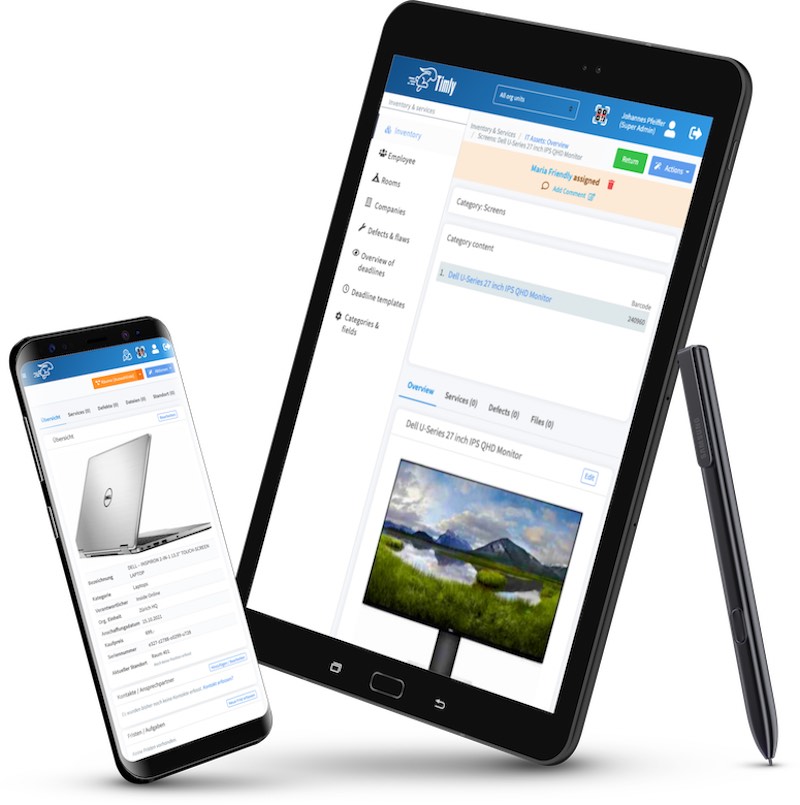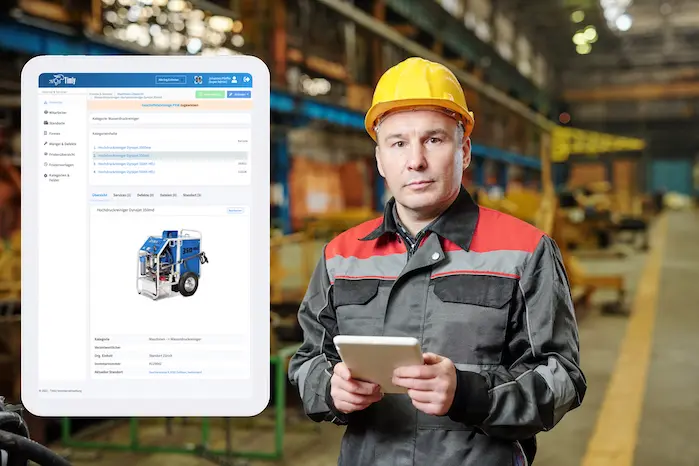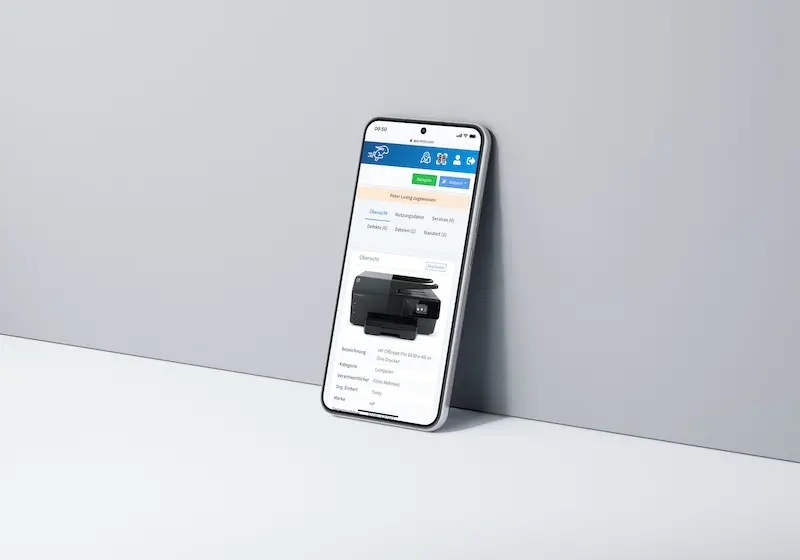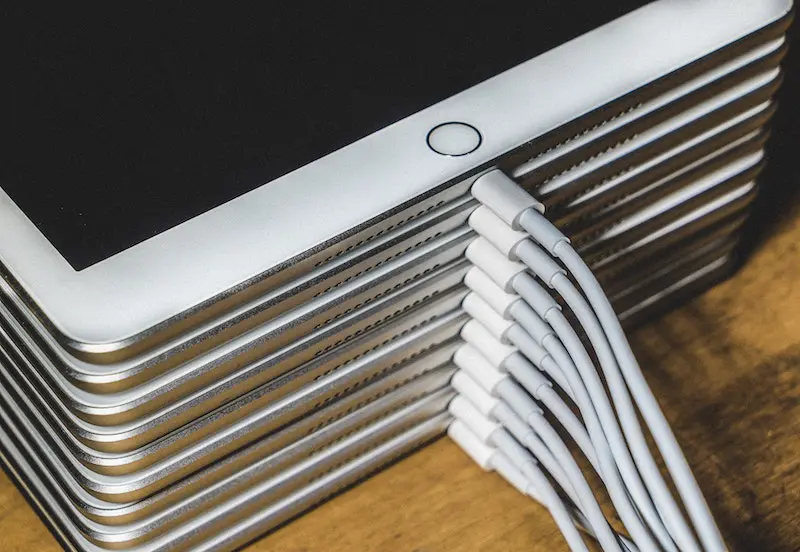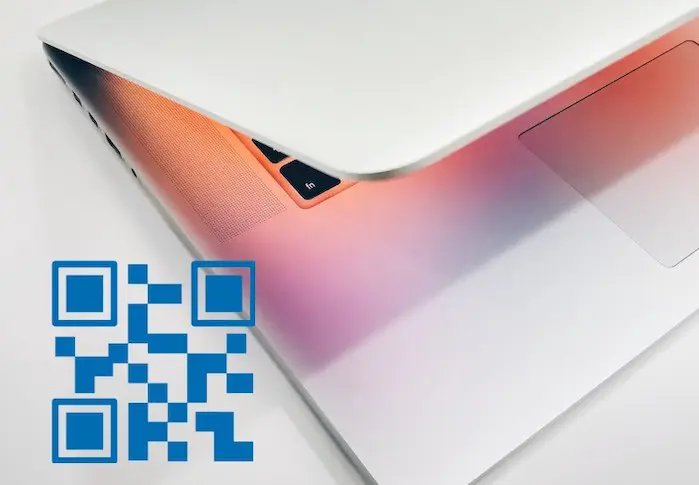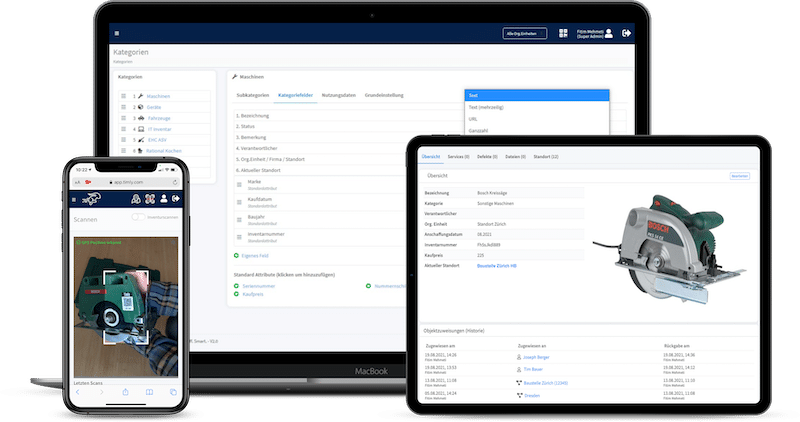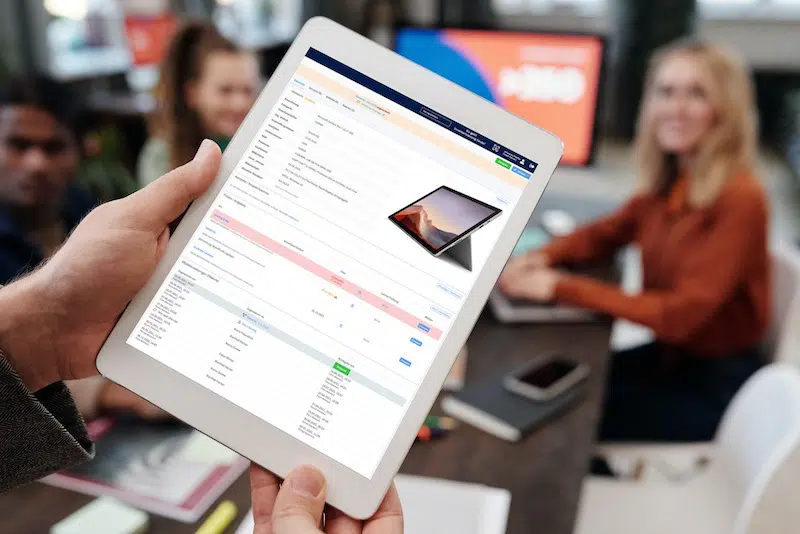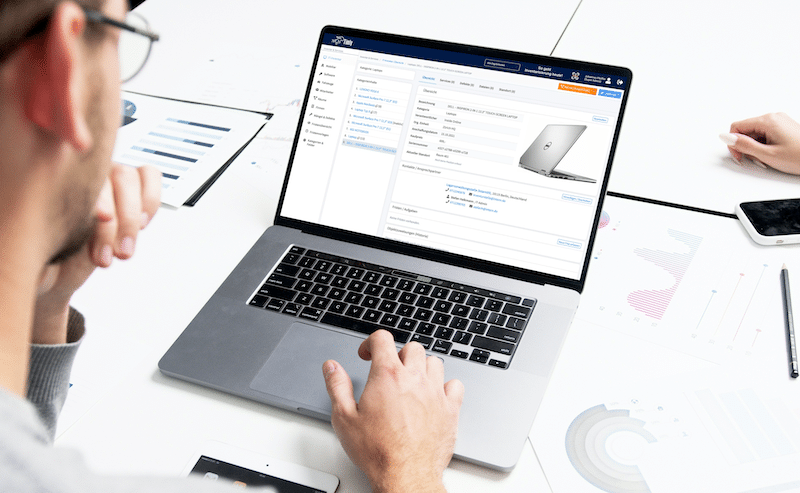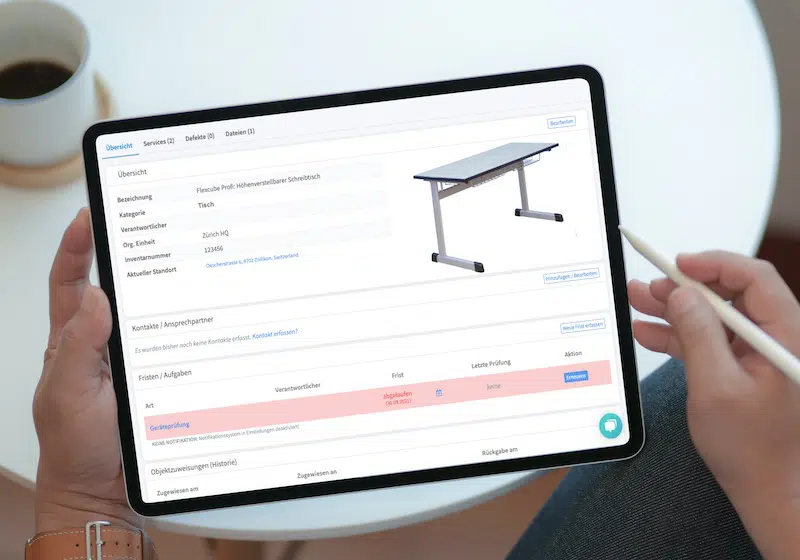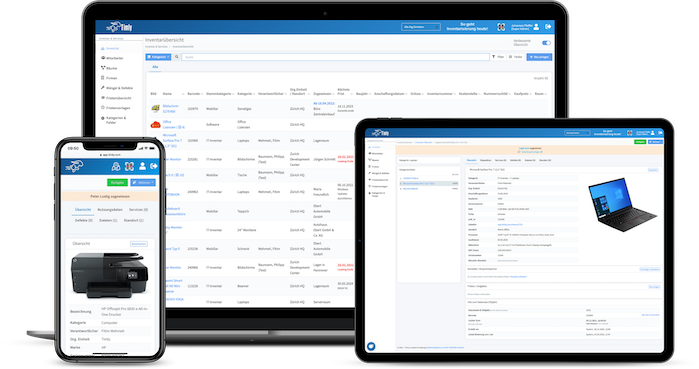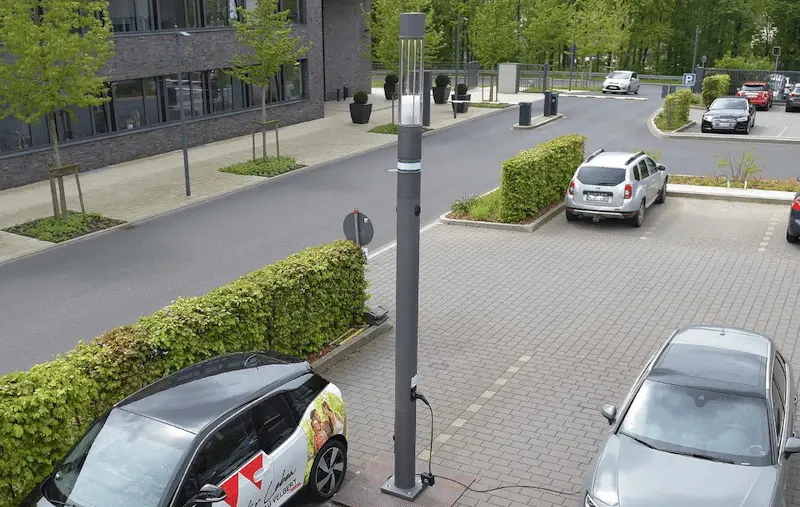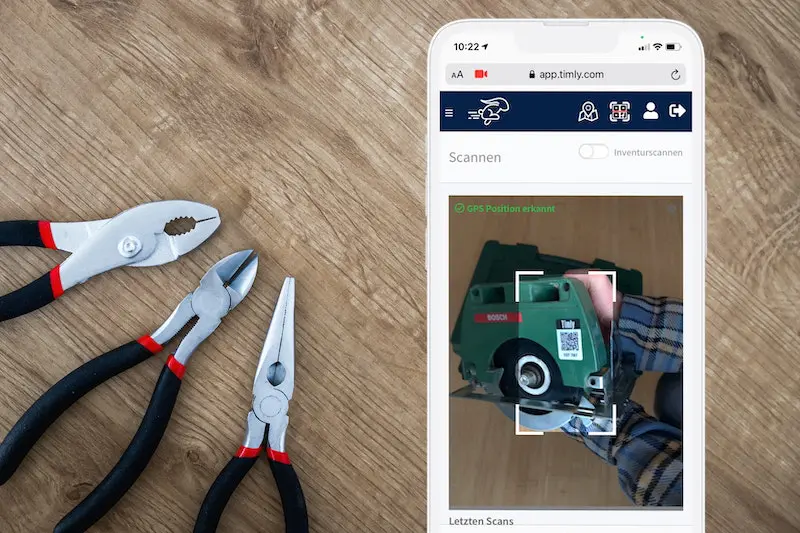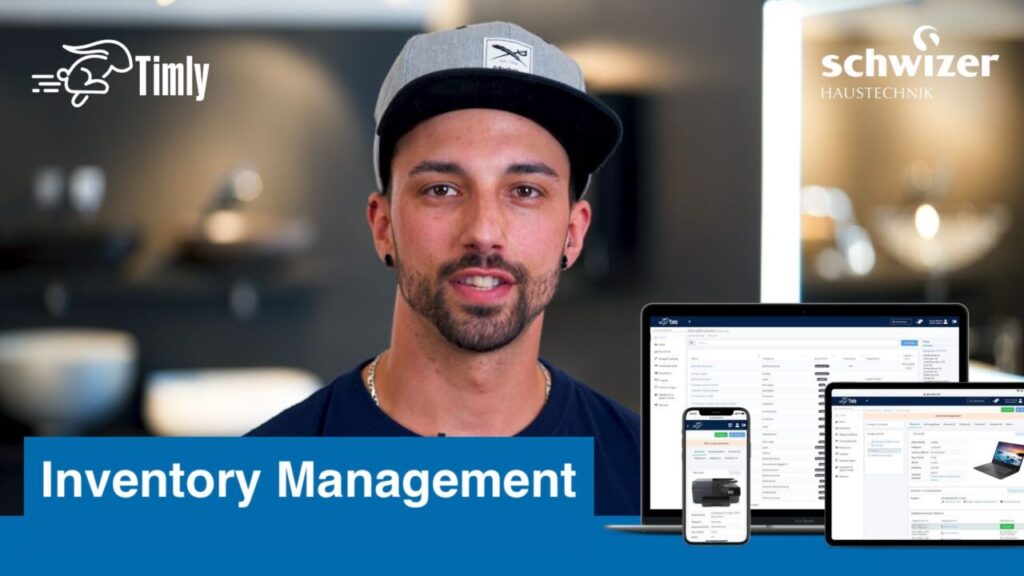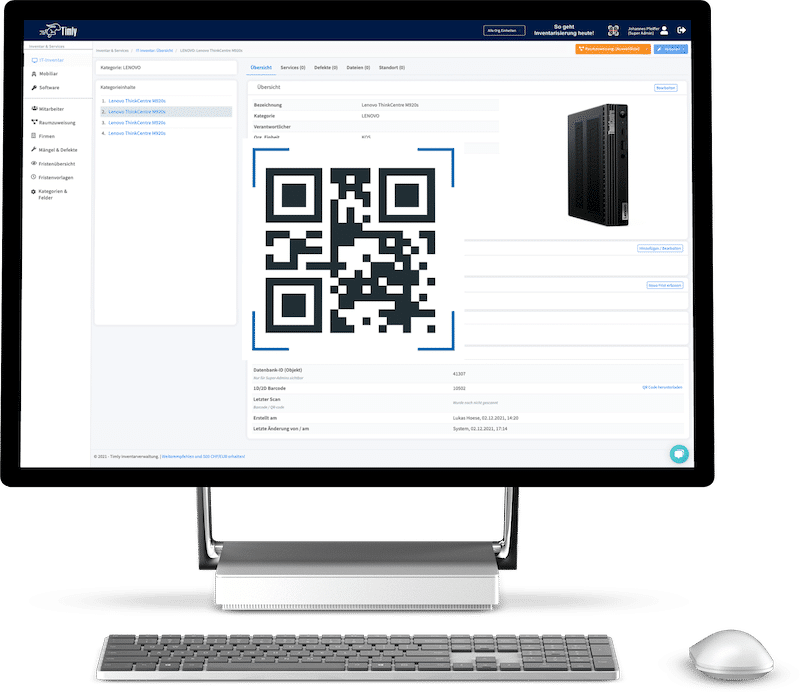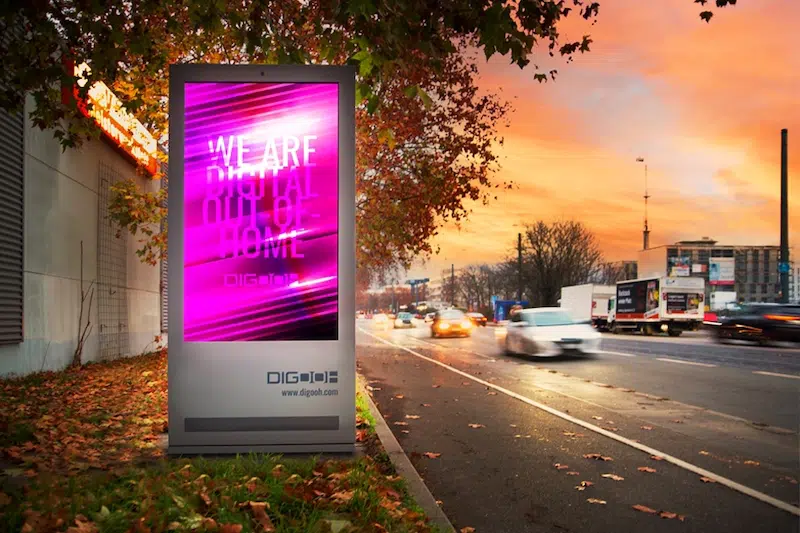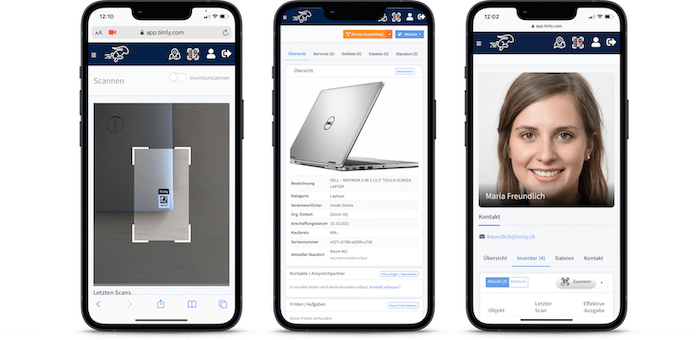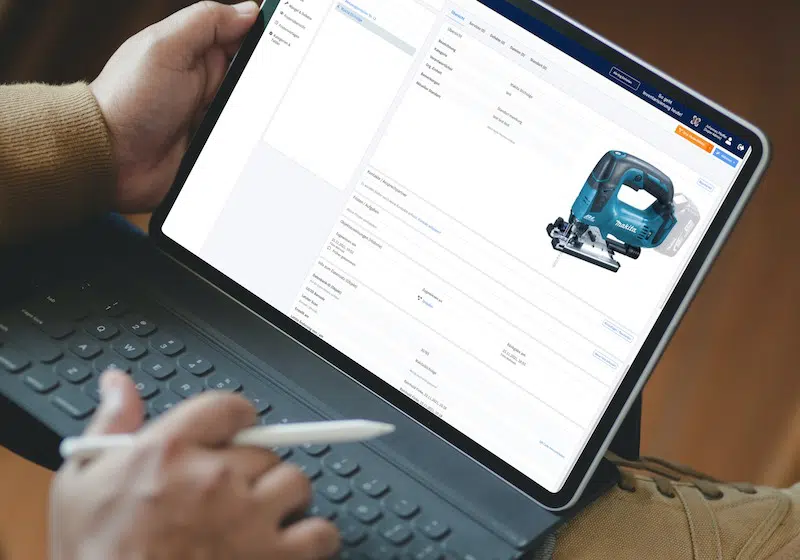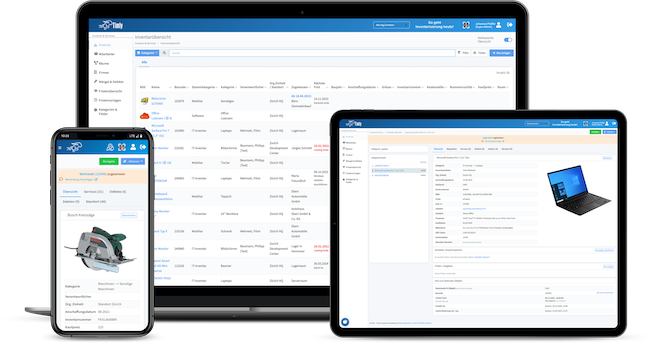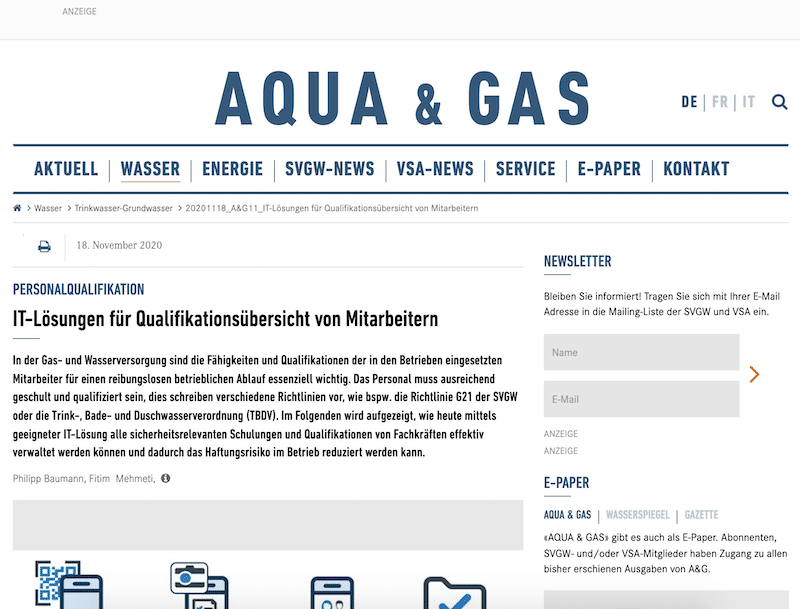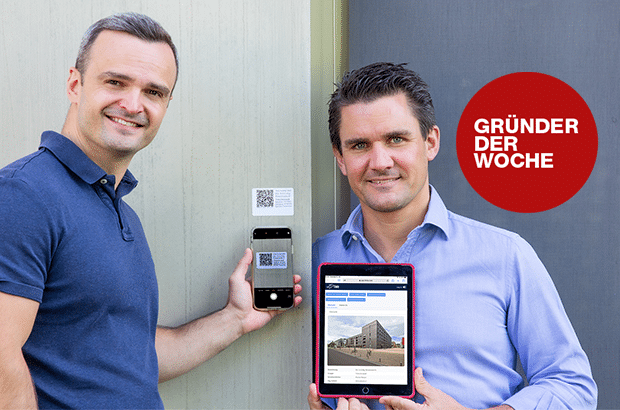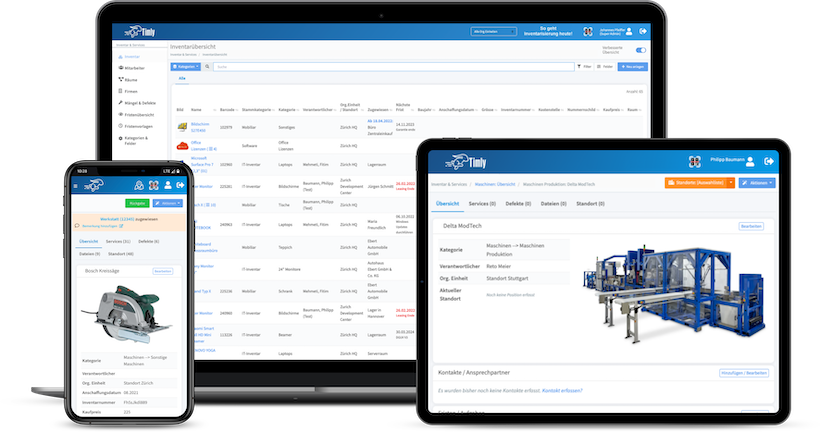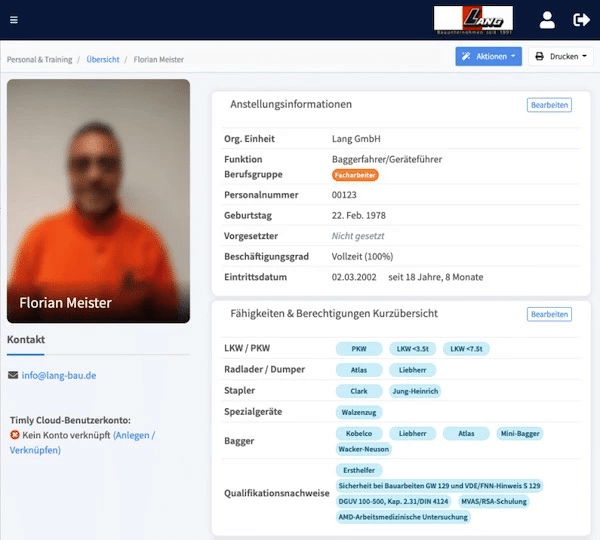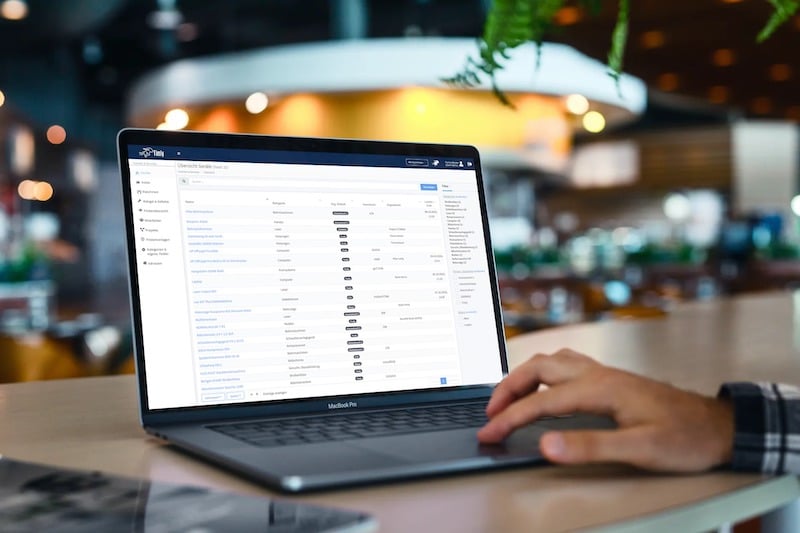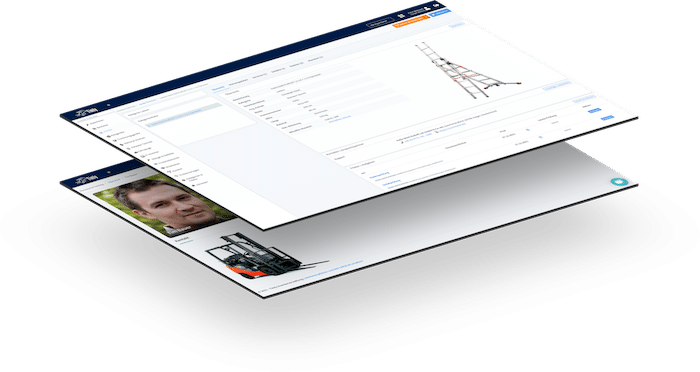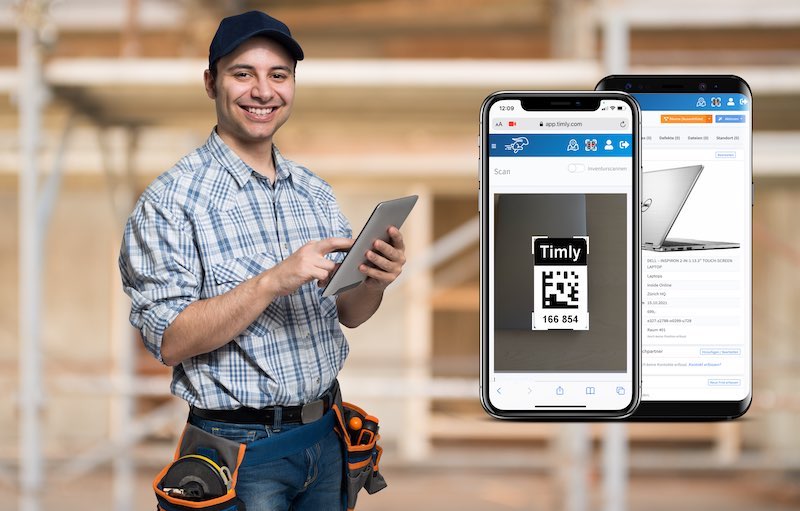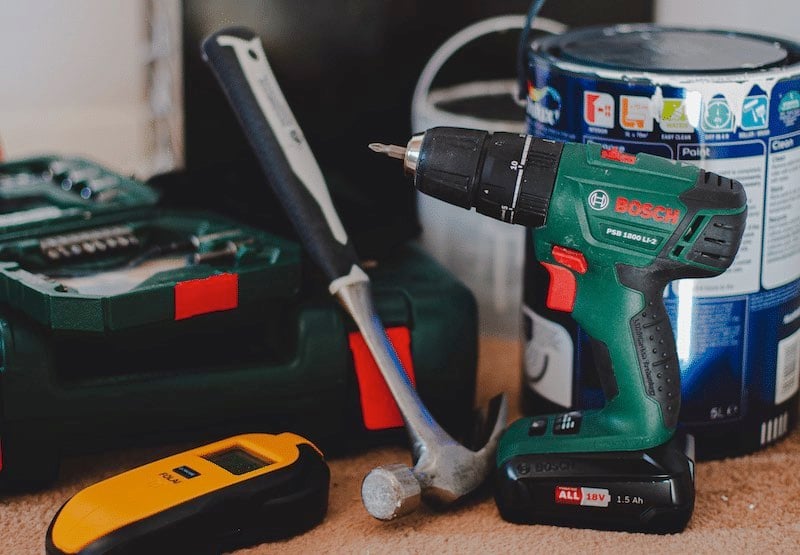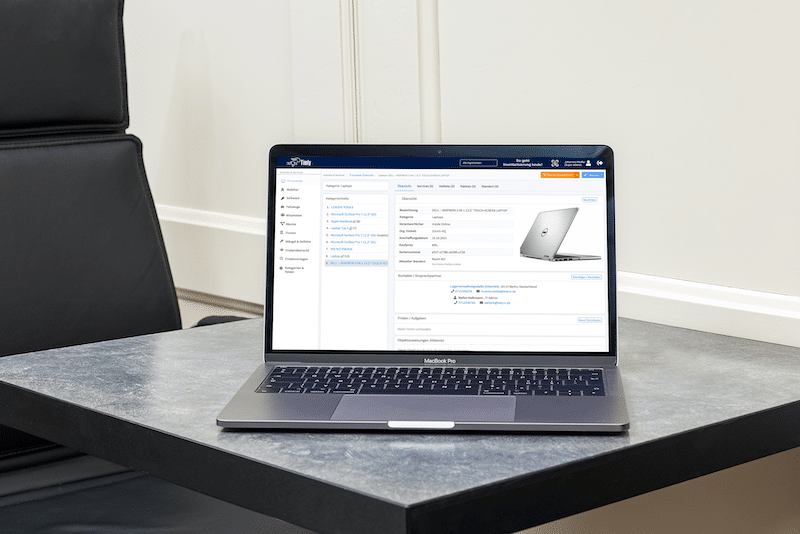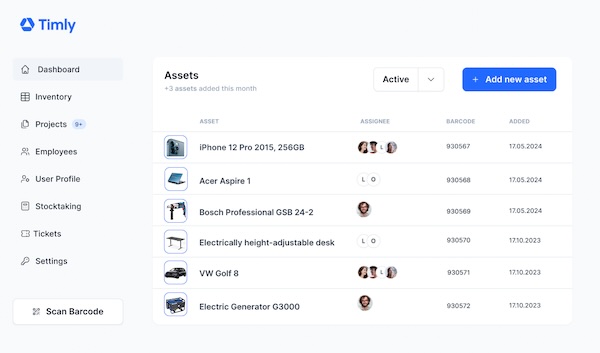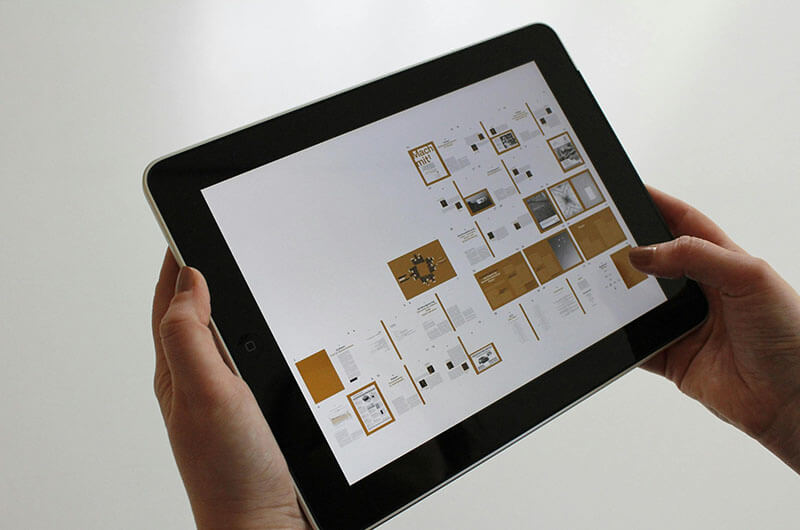
Key Takeaways:
- IoT provides organizations with the capability to monitor inventory levels, prevent stockouts, and respond quickly to market changes.
- IoT sensors are used for real-time monitoring of environmental conditions and integrating with other systems like ERP.
- The future of IoT in inventory management promises greater advancements, with AI, machine learning, 5G technology, and edge computing reshaping the landscape.
In This Article:
- IoT in Inventory Management
- IoT Inventory Benefits
- What Is an IoT Inventory Tracking System?
- Traditional Inventory Processes vs Smart Inventory Management IoT
- Asset Management Software in Use by Our Customers
- IoT Success Stories in Inventory Management
- The Future of IoT in Inventory Management
- Frequently Asked Questions About IoT in Inventory Management
IoT in Inventory Management
The Internet of Things (IoT) is currently the new and prevailing ideology in the technology world. In inventory management, IoT focuses on integrating devices and trackers that will assist and enhance, in real time, the tracking, monitoring, and management of inventory. This enhances the decision-making system of an organization because these devices collect information such as stock levels, location, temperatures, and other important data, which is then sent over to the centralized hub.
Hence, inventory management systems have evolved since integrating with IoT because they have abandoned the traditional ways of keying in data manually or even periodically. This has reduced the inaccuracies and inefficiencies of inventory checks.
Why Is Internet of Things Inventory Management (IoT) Necessary for Any Business?
The reason why IoT is necessary for business is that it can transform the way organizations track, manage, and optimize their inventory. Here are some of the ways it can transform businesses:
- With real-time monitoring, organizations can track the levels and conditions of their goods, enabling them to identify low stock levels and items reaching the end of their shelf life. This information helps prevent stockouts, reduce overstocking, and increase operational efficiency, ultimately saving costs.
- By using sensors that can measure temperature, humidity, and location, organizations can assess the quality of their products and track their status throughout the supply chain. This is crucial for perishable items or sensitive products.
- Another important aspect is that organizations can automate and streamline their inventory processes. Alerts and notifications can be received to address any issues promptly, ensuring quick resolutions.
- IoT can integrate with other systems, such as enterprise resource planning system ERP, enhancing decision-making through improved data integration.
Overall, by leveraging IoT, organizations gain an added advantage and a competitive edge.
Is My Business Ready for IoT Based Inventory Management?
To determine if your business is ready for IoT-based inventory management, you should first assess if the organization as a whole is prepared for change and ready to address potential obstacles. Common issues include costs, compatibility of IoT devices with existing systems, data security and privacy concerns, and staff readiness. To mitigate these challenges, conducting a comprehensive cost-benefit analysis is essential to justifying the investment in IoT technology. Additionally, the IT team should ensure proper planning and testing to ensure compatibility of IoT devices with current hardware and software, preparing the system for integration.
Another consideration is whether the organization has sufficient data security measures in place to comply with regulations. Staff members may need to upgrade their skills in data analytics, technology literacy, and problem-solving to ensure successful integration.
IoT Inventory Benefits
There are numerous benefits associated with using IoT inventory for organizations seeking to optimize their inventory processes:
1. Organizations can prevent stockouts, reduce overstocking, and enhance operational efficiency.
2. They can improve the quality and integrity of products produced and moved throughout their supply chain, especially for sensitive or perishable items.
3. The reduction of manual errors as many workflows and tasks become automated, thereby increasing productivity.
4. Alerts are sent out to inform staff of issues, enabling quick responses and resolutions.
5. The ability to integrate with other systems such as ERP allows for better decision-making capabilities and efficient operational structures.
IoT provides organizations with greater insights into visibility, control, and agility when managing their inventory, resulting in improved customer satisfaction, reduced costs, and a competitive edge in the marketplace.
Cost Reduction in Inventory Management
Cost reduction is crucial when utilizing inventory management to minimize unnecessary expenses. Real-time visibility of goods helps organizations identify excess inventory or potential stockouts, allowing them to cut carrying costs associated with excessive inventory. Additionally, optimized stock levels eliminate the need for emergency orders.
IoT sensors tracking environmental conditions like temperature and humidity ensure the quality and integrity of items, preventing spoilage or damage and enabling organizations to avoid losses and improve profit margins.
Several organizations have adopted IoT in inventory management to achieve cost savings:
1. Walmart implemented IoT sensors in their refrigeration systems to monitor temperature levels in real time, reducing energy consumption and maintenance costs, and ensuring food safety monitoring.
2. General Electric (GE), a manufacturing company, utilized IoT for predictive maintenance scheduling, reducing downtime, optimizing equipment performance, and cutting maintenance expenses.
In summary, leveraging IoT technology in inventory management streamlines processes and helps organizations save costs.
Real-Time Data in IoT for Inventory Management
Case studies have shown that IoT enhances efficiency through real-time tracking. For example, Amazon utilized IoT sensors to streamline warehouse inventory movements, allowing them to adjust storage locations based on demand patterns. This resulted in improved order fulfillment efficiency and cost reduction in terms of headcount and storage.
Similarly, FedEx utilized IoT-enabled tracking devices to monitor package location and condition during transit. Real-time visibility enabled FedEx to proactively identify potential delays or issues, enhancing their delivery process and increasing customer satisfaction.
By leveraging IoT devices to gather real-time data, organizations can scale their businesses, streamline operations, make proactive decisions, and enhance customer experiences.
Theft Prevention in Inventory Management System Using IoT
By integrating IoT into inventory management systems, organizations can prevent theft and improve the process of recovering stolen items from inventory. IoT-enabled GPS tracking devices and motion sensors enable real-time monitoring of items at each location, triggering alerts for unauthorized movement detected, notifying security personnel and responsible individuals. Additionally, geo-fencing capabilities allow organizations to establish virtual boundaries to trigger alerts as needed.
Moreover, in case of theft, IoT-enabled tracking devices provide current location information to law enforcement officers, aiding in the retrieval of stolen items and preventing future thefts with real-time location data.
For enhancing warehouse safety, IoT technology plays a crucial role in improving safety protocols by monitoring environmental conditions such as temperature, humidity, and air quality. Alerts are generated for detected hazards like fire or chemical leaks, ensuring timely response. Additionally, IoT-enabled devices track workers’ whereabouts to ensure compliance with safety protocols and provide assistance in case of accidents or emergencies.
Over 600 Companies, Schools and Cities Rely on Timly
(No credit card required)
What Is an IoT Inventory Tracking System?
An IoT inventory tracking system utilizes interconnected devices with sensory and communication capabilities to monitor and manage inventory in real-time. This enables organizations to track the location, status, and movement of items across the supply chain.
The system employs various sensory devices such as RFID tags, GPS trackers, and environmental sensors attached to goods or storage facilities. These devices collect information like location, temperature, humidity levels, and movement, which is then transmitted wirelessly to an online database or cloud platform for processing, analysis, and access through a user-friendly interface.
Businesses gain real-time visibility into their inventory systems, allowing them to monitor stock levels and identify anomalies or discrepancies as they arise. This information empowers organizations to make informed decisions to optimize inventory management processes.

How to Use IoT Live Tracking Technology in My Business?
If you wish to implement IoT live tracking technology in your business, start by assessing your inventory needs to identify areas where real-time tracking will add value. Focus on improving inventory visibility, reducing stockouts, and enhancing supply chain efficiency.
Next, select IoT devices and sensors that match your requirements, considering factors like the type of inventory, environmental conditions, and desired tracking capabilities.
Once you’ve chosen suitable IoT devices, deploy them on inventory items or storage locations and configure them to transmit data to the central monitoring system. Ensure reliable connectivity and proper integration with existing cloud-based IT asset inventory management or platforms.
The IoT-enabled devices will begin monitoring data in real-time, accessible via a centralized and user-friendly dashboard. This enables tracking of inventory location, movement, and conditions, as well as detection of threats, facilitating real-time decision-making.
Timly offers integration of IoT sensors such as GPS trackers or distance measuring devices, providing seamless level control and potential integration with an ERP system if needed. RFID tags can also be utilized to tag and track items moving from distribution centers to store shelves.
Traditional Inventory Processes vs Smart Inventory Management IoT
The difference between traditional inventory processes and smart inventory management lies in their methods and capabilities. Traditional processes rely on manual tracking methods such as spreadsheets or paper-based records, which are time-consuming, prone to errors, and lack real-time visibility.
Additionally, traditional methods often require periodic audits to reconcile inventory records and identify inaccuracies.
In contrast, smart inventory management utilizes IoT solutions to automate tracking and monitoring using connected devices and sensors. These IoT-enabled devices collect real-time data on inventory, location, and environmental conditions, enabling better decision-making.
Furthermore, IoT devices offer continuous 24/7 monitoring with automatic updates, facilitating proactive inventory management to prevent stockouts and optimize storage space. They also provide predictive analytics, automated alerts, and machine learning algorithms to predict demand, detect anomalies, and improve decision-making.
In summary, while traditional inventory processes are labor-intensive and error-prone, smart inventory management through IoT offers real-time monitoring and advanced capabilities, allowing organizations to remain competitive in today’s fast-paced environment.
Asset Management Software in Use by Our Customers
The Timly software is continuously evolving to meet the needs of our customers. In various success stories, we show you how Timly optimizes processes in companies, thereby saving significant effort. With Timly, inventory management becomes child’s play.

Optimized Device Management With Innovative Self-Inventory
SodaStream is the world market leader for water sparkling systems for domestic use and has a lot of IT equipment at its various locations. Many colleagues now work from their home offices. A digital solution for the efficient management of IT end devices became necessary...
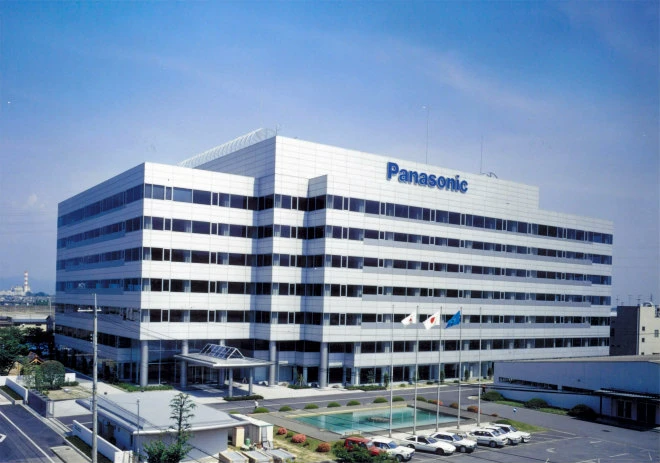
Panasonic x Timly: Driving Technological Innovation
One of the most remarkable aspects of human ingenuity is our ability to innovate. Innovation is embedded in the DNA of consumer electronics giant Panasonic, which has diversified into a number of sectors, from heavy industry to construction...
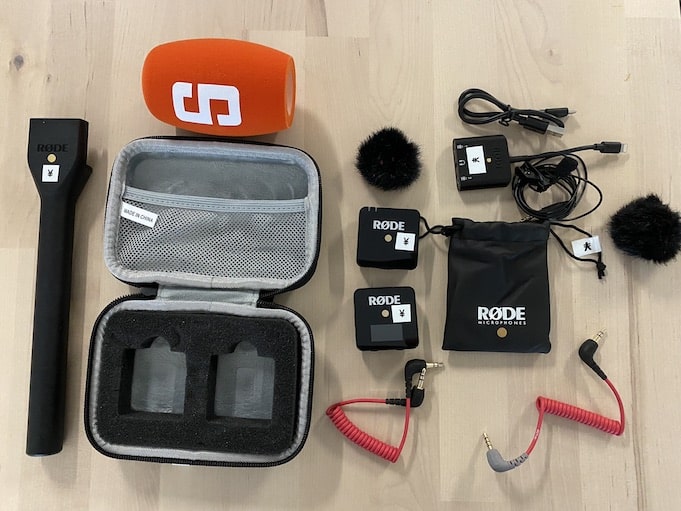
Manage Video Equipment Efficiently Without Much Effort
The Hamburg media company always does outstanding journalistic work and is characterized by independent reporting. In order to maintain journalistic quality, the teams work with highly specialized devices – these need to be managed efficiently...

Smart City Asset Management – Timly in Use at DIGOOH
The core business of DIGOOH Media GmbH in Cologne is to manage digital city light posters (DCLP) for outdoor use in various cities in Germany. The challenge here lies in making the client’s communication message always available at the right time, in the right place...
(No credit card required)
IoT Success Stories in Inventory Management
A number of organizations have achieved significant results by integrating IoT solutions into their inventory management systems.
In the retail sector, Wal-Mart has leveraged IoT to upgrade its inventory management system. They have deployed IoT sensors in their refrigeration units and shelves to monitor temperatures, ensuring the integrity of perishable goods. Real-time monitoring has led to waste reduction and improved product freshness, ultimately enhancing customer satisfaction.
Similarly, manufacturing companies like General Electric (GE) have utilized IoT to enhance inventory management and production processes. GE implemented IoT sensors and predictive analytics to monitor device performance, resulting in more effective predictive maintenance and optimized inventory levels. This approach has led to reduced downtime, lower maintenance costs, and increased operational efficiency.
Companies such as Amazon and FedEx have successfully overcome obstacles to implement IoT in inventory management. Amazon improved order processing speed and overall efficiency by streamlining inventory management. FedEx utilized IoT-enabled tracking devices to monitor package locations and conditions, enhancing delivery services and customer support.
The Future of IoT in Inventory Management
Let us now explore the future of IoT in inventory management, as it promises remarkable innovation and transformation.
As we delve into the future of IoT in inventory management, we witness the advancement of technology. Over time, technology will become increasingly sophisticated, offering new capabilities and benefits across various industries.
For instance, the emergence of artificial intelligence (AI) and machine learning algorithms suggests that IoT systems will be able to analyze vast amounts of real-time data, enabling more profound predictive analytics and advanced decision-making as inventory processes become fully automated and optimized.
Furthermore, with the transition to 5G technology, IoT connectivity is poised to become faster, more stable, and capable of handling large volumes of data with lower latency and enhanced scalability. This will empower IoT-enabled devices to seamlessly integrate with other systems, enhancing overall efficiency.
Additionally, Edge technology will play a significant role by minimizing reliance on centralized storage and enabling IoT devices to process information locally. This reduces dependency on centralized servers and cloud computing, thereby improving resilience and efficiency in inventory management systems.
In summary, the future of IoT in inventory management is promising, offering increased efficiency, accuracy, and agility. It will enable businesses to automate operations, enhance customer satisfaction, and embrace a more technologically advanced future.
How to Stay Ahead in IoT Inventory Management
In order to maintain a competitive edge in IoT inventory management, organizations must embrace and adapt to future technological advancements. Experts in technology emphasize that by enhancing sensory capabilities and integrating technologies such as blockchain and augmented reality, organizations can achieve better tracking, real-time analytics, and clearer inventory management.
Moreover, organizations can thrive in a dynamic and expanding marketplace by staying informed about current industry trends and learning from leaders and experts in the field. Networking and participation in forums also play a significant role in providing added value and knowledge for upgrading IoT in inventory management.
Furthermore, organizations should prioritize training and development for their workforce. This ensures that staff members can effectively leverage newly adopted IoT technology. By fostering a culture of innovation and experimentation, organizations can drive initiatives forward and explore cutting-edge solutions to stay ahead in an ever-changing and innovative landscape.
Frequently Asked Questions About IoT in Inventory Management
What Is IoT in Inventory Management?
Is My Business Ready for IoT Based Inventory Management?
Recommended for You:
Book an online demo - free and without obligation - or create your free trial account directly.






